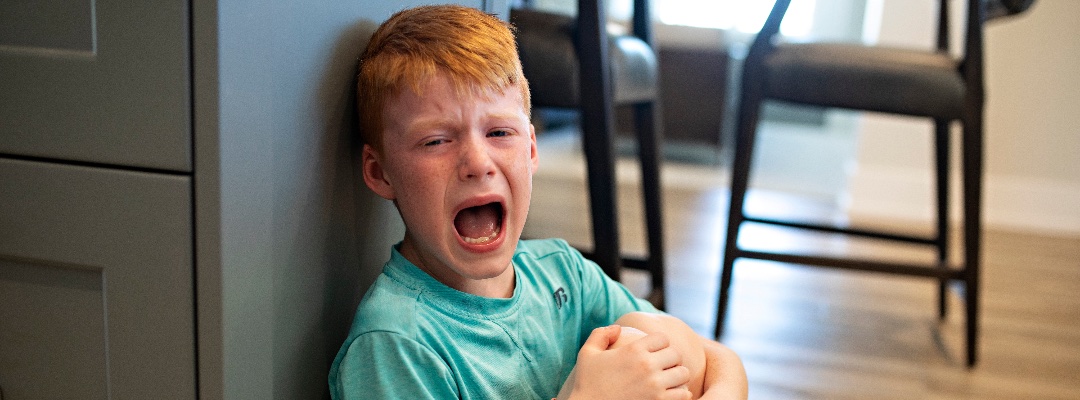Empowering The Autism Community
ABA Resource Hub
Explore our ABA learning hub for insights and resources to help you achieve your goals.
How-To Videos
Step-by-step guides to help you navigate ABA therapy techniques and strategies.
Printable Teaching Aids
Easy-to-use worksheets, visual aids, tools, and templates to support your child’s learning at home.
Press
Stay up to date with the latest from Brighter Strides ABA.
Blog
Explore articles offering expert advice, tips, and insights on autism and ABA therapy.
Company Updates
Discover our latest initiatives and achievements, media coverage, and more.
Resource Downloads
Download our free parents and caregivers e-books, how-to guides, and more.
Brighter Strides Blog
In-depth articles, expert advice, and insights on autism and ABA therapy.

 We've just released an article!
Check out our blog!
We've just released an article!
Check out our blog!





